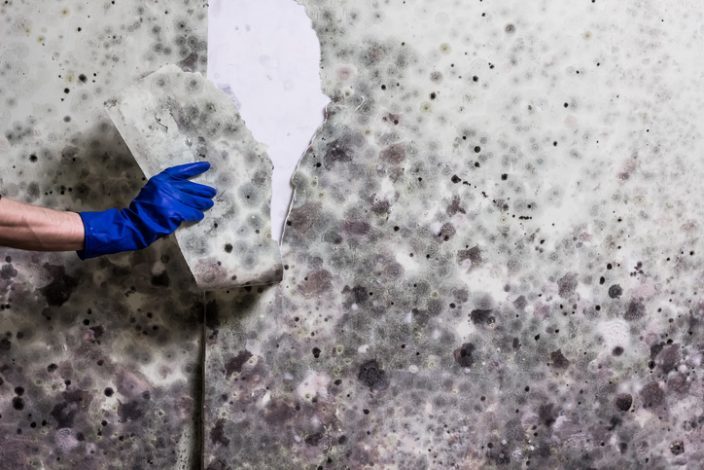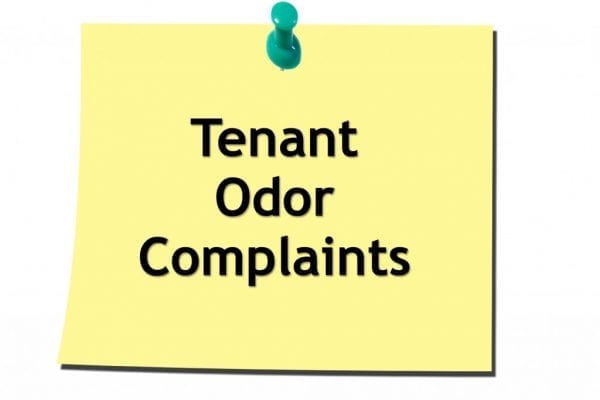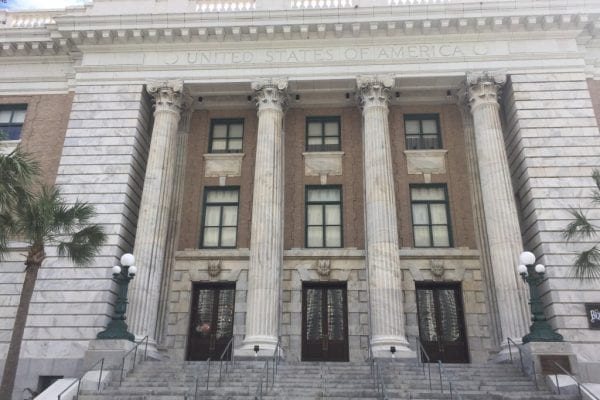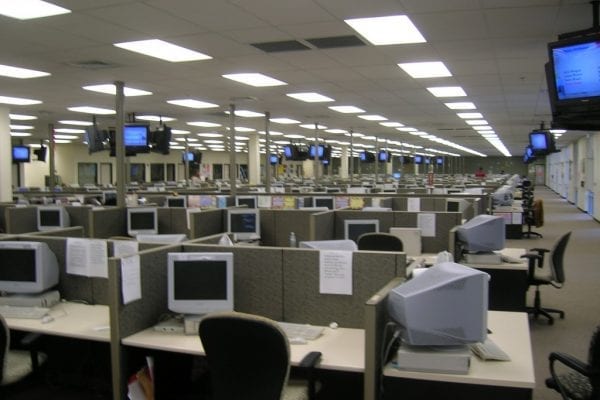No property owner wants to hear that one of their buildings has a mold problem. Unfortunately, any building can be susceptible under the right conditions. All a mold outbreak needs is moisture, warmth, and organic matter to grow on. Moisture can be caused by a natural disaster, a leaky pipe, or even simply excess humidity that is not vented adequately from the area. Warmth and organic matter are provided by the building itself.
If you’ve ever dealt with mold in one of your buildings, you understand both how dangerous it can be and also how potentially costly remediation can be. What you may not know is that hiring a remediation contractor may not be the end of the ordeal for you.
Moisture and mold growth are both tricky problems to solve. Both can go undetected behind walls and in hidden areas, like ducts, crawl spaces, or behind vinyl wall coverings. Even an experienced remediation design firm can make mistakes or miss something that is well hidden. A less experienced remediation contractor may even miss obvious problems.
Furthermore, if the leak or other cause of moisture is not properly diagnosed, or if there are multiple causes and only one of them is corrected, you can continue to have a problem after remediation. Likewise, if the affected area was quite large, the initial mold assessment may not have been able to identify all sources of moisture, or the contractor may not have addressed everything.
For this reason, many commercial property owners choose to have a post-mold remediation inspection and testing service conducted after mold remediation. A post-mold remediation inspection report will tell you definitively whether the problem has been solved and the building is ready for tenants to occupy safely. It will also identify any areas that need additional attention, so you can have the remediation firm address it immediately, before it gets worse again.
How to Conduct a Post-Mold-Remediation Inspection
The post-mold-remediation inspection usually involves three types of testing:
- Visual observations
- Moisture measurements
- Air samples
Following the inspection, you’ll receive an inspection report.
Visual Observations
Your inspection team will begin with a visual observation of the affected areas. They’ll note the materials and equipment used for remediation, and look for any areas of water impact, mold growth, elevated moisture, or odors that may remain.
Moisture Measurements
Even if there are no visible signs of continuing moisture or mold issues, your inspection team will use moisture meters and infrared cameras to detect whether there may be moisture hidden behind walls, in crawl spaces, or in other difficult-to-access areas.
Air Samples
Following visual observation and moisture testing, your team may take air samples. It’s important that they take separate samples in each distinct area of the building, because not all areas will be impacted to the same degree. They will also take samples outside of the building for comparison with the interior air samples. It is very common for our team to provide a “pass” to several areas of a building but find unacceptable mold spore levels in other areas.
Your Inspection Report
Following the post-mold-remediation inspection, you’ll receive an inspection report. It will identify any areas that still contain moisture or mold growth, as well as the results of air sample testing. Each area of your building will be given a pass/fail grade, with recommendations for further remediation in any areas that do not pass.
At GLE, we’ve been conducting mold remediation inspections for over 20 years. We are always happy when we’re able to provide the peace of mind of a clean report, and we’re proud when we’re able to prevent further problems by identifying remaining issues to remediate. If you want to ensure you get the results you expect from your remediation efforts, call us today to schedule a post-remediation mold inspection.






